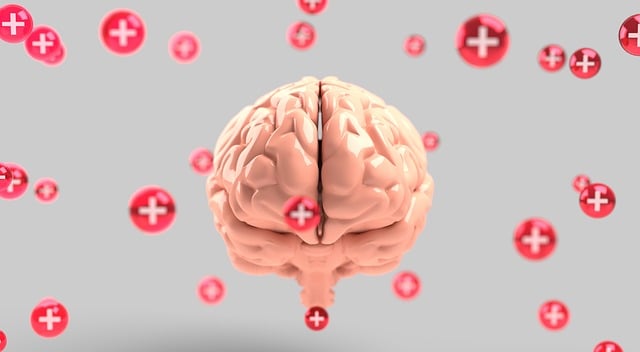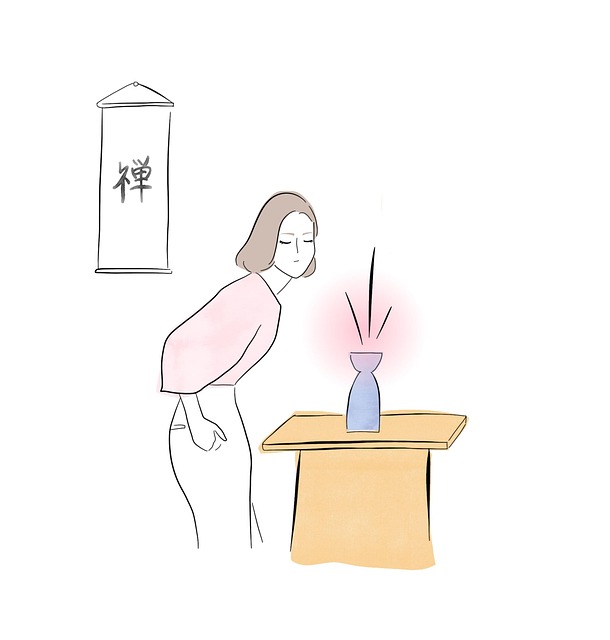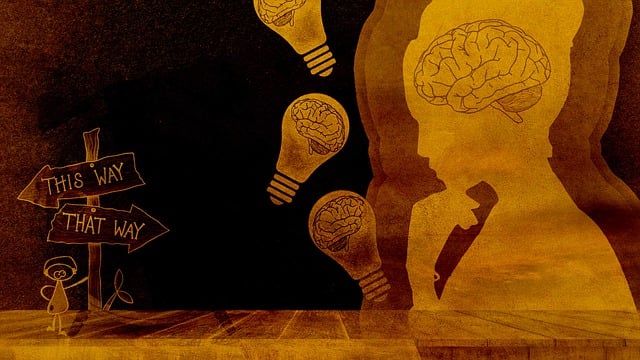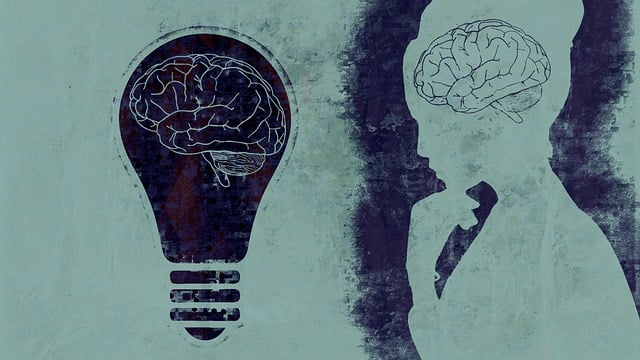Mindfulness meditation, accessible to all, is gaining recognition as an effective therapy for neuro disorders and mood management. By cultivating present-moment awareness without judgment, individuals can improve emotional regulation, reduce anxiety and depression symptoms, and enhance cognitive function. A dedicated practice space and guided meditations facilitate consistent daily sessions, crucial for reaping its therapeutic benefits. Over time, regular mindfulness meditation promotes calmness, resilience, and overall mental well-being, making it a powerful tool for managing neuro disorders and improving life satisfaction.
“Unwind your mind and embrace tranquility through mindfulness meditation—a powerful tool for calming the chaotic thoughts that often overwhelm our daily lives. This comprehensive guide delves into the ancient practice, offering a gentle introduction for beginners. We explore its profound benefits, especially for managing neuro disorders, where therapy meets inner peace. From creating sacred spaces to guided meditations, you’ll discover practical tips for integrating mindfulness into your routine. Embrace a healthier mind and unlock the potential of this transformative meditation.”
- Understanding Mindfulness Meditation: A Gentle Approach to Calm the Mind
- The Benefits for Neuro Disorders: How Mindfulness Can Offer Relief
- Setting Up Your Practice Space: Creating a Tranquil Environment
- Techniques and Exercises: Getting Started with Guided Meditations
- Staying Consistent: Tips for Incorporating Daily Mindfulness Routines
Understanding Mindfulness Meditation: A Gentle Approach to Calm the Mind

Mindfulness meditation is a practice that encourages individuals to focus on the present moment, non-judgmentally. It involves paying attention to one’s thoughts, emotions, and bodily sensations as they arise, fostering a sense of calm and clarity. This gentle approach to calming the mind has gained significant traction in recent years, not only as a complementary therapy for neuro disorders but also as an effective tool for mood management and stress reduction.
By cultivating mindfulness, individuals can learn to observe their thoughts without getting caught up in them, leading to improved emotional regulation. Regular practice has been linked to reduced symptoms of anxiety and depression, making it a valuable component in mental illness stigma reduction efforts. Moreover, mindfulness meditation is accessible to everyone; no special equipment or prior experience is required, only a willingness to explore the power of the present moment.
The Benefits for Neuro Disorders: How Mindfulness Can Offer Relief

Mindfulness meditation has gained significant attention as a complementary therapy for neuro disorders. It offers a non-invasive approach to managing symptoms and improving quality of life. Research suggests that mindfulness can reduce anxiety, depression, and stress, which are common challenges faced by individuals with conditions like Alzheimer’s, Parkinson’s, or multiple sclerosis. By cultivating present-moment awareness, people with neuro disorders can learn to observe their thoughts and emotions without judgment, leading to better emotional regulation and a sense of calm.
This practice also supports cognitive function and memory retention, which are essential for maintaining independence and engaging in daily activities. Moreover, mindfulness encourages positive thinking and enhances overall mental wellness, acting as an effective burnout prevention strategy for healthcare providers caring for individuals with neuro disorders. Incorporating mindfulness meditation into their routines can help both patients and caregivers navigate the challenges of these conditions, fostering a sense of resilience and improved life satisfaction.
Setting Up Your Practice Space: Creating a Tranquil Environment

Creating a dedicated practice space is a powerful way to cultivate mindfulness and enhance therapy for neuro disorders. Your environment plays a significant role in setting the tone for your meditation journey. Consider transforming a quiet corner of your home into a sanctuary for self-care. Opt for a spot that offers minimal distractions, allowing you to fully immerse yourself in the present moment. Soft lighting, comfortable seating, and perhaps a few plants can contribute to an atmosphere that promotes emotional well-being promotion techniques and fosters self-awareness exercises.
A tranquil setting encourages you to slow down and connect with your inner self. As you arrange your practice space, think about incorporating elements that resonate with you—be it calming scents, soothing music (or the sound of nature), or visually appealing decor that inspires serenity. Creating such a sanctuary is not merely about aesthetics; it’s an investment in your mental wellness podcast series production and a step towards revolutionizing your meditation practice for optimal results.
Techniques and Exercises: Getting Started with Guided Meditations

Getting Started with Guided Meditations offers a gentle and accessible entry point for those new to mindfulness practices. These exercises act as therapy for neuro disorders by training the mind to focus on the present moment, thereby reducing symptoms associated with anxiety, stress, and depression. A guided meditation typically involves listening to an instructor or recording that provides step-by-step instructions, creating a calming environment for practitioners.
One popular technique is body scan meditation, where you mentally move your attention from head to toe, observing sensations without judgment. This simple practice helps develop inner strength by fostering a deeper connection with your physical self and enhancing mindfulness. Other exercises may include mindful breathing, walking, or eating, all of which contribute to stress reduction methods and can be easily incorporated into daily routines through public awareness campaigns development.
Staying Consistent: Tips for Incorporating Daily Mindfulness Routines

Staying consistent with mindfulness meditation practice is key to reaping its benefits for mental health and therapy for neuro disorders. Incorporating a daily routine can be challenging, but small steps make significant differences. Start by setting aside just 5-10 minutes each day; this time can be as early as you’d like, whether it’s right after waking or before bedtime. Choose a quiet space where you won’t be disturbed, and create a relaxing environment with comfortable seating. Consider using guided meditation apps that offer customizable programs designed for stress management and mental well-being, which can also help boost confidence in your practice.
Remember that consistency is more important than the length of each session. Over time, as mindfulness becomes a habit, you may find yourself naturally extending the duration. Regularity allows your mind to become more attuned to the present moment, fostering a sense of calm and clarity throughout the day. This enhanced mental health education can empower individuals to navigate life’s challenges with resilience and awareness, making it an invaluable tool for anyone seeking improved mental health and overall well-being.
Mindfulness meditation, as explored in this guide, offers a powerful and gentle approach to calming the mind and enhancing overall well-being. With its proven benefits for individuals with neuro disorders, setting up a dedicated practice space, and incorporating consistent daily routines, mindfulness can become an effective therapy and a transformative tool for navigating life’s challenges. By delving into these practices, you can embark on a journey of self-discovery and cultivate a deeper sense of peace and focus.














